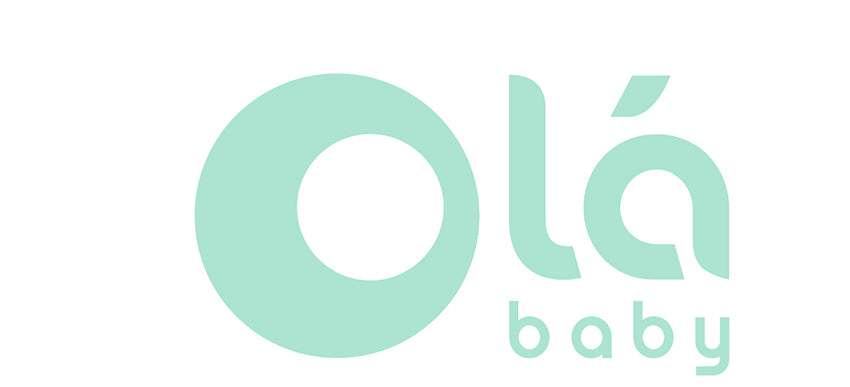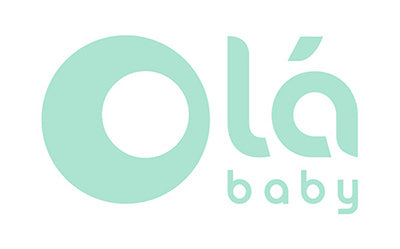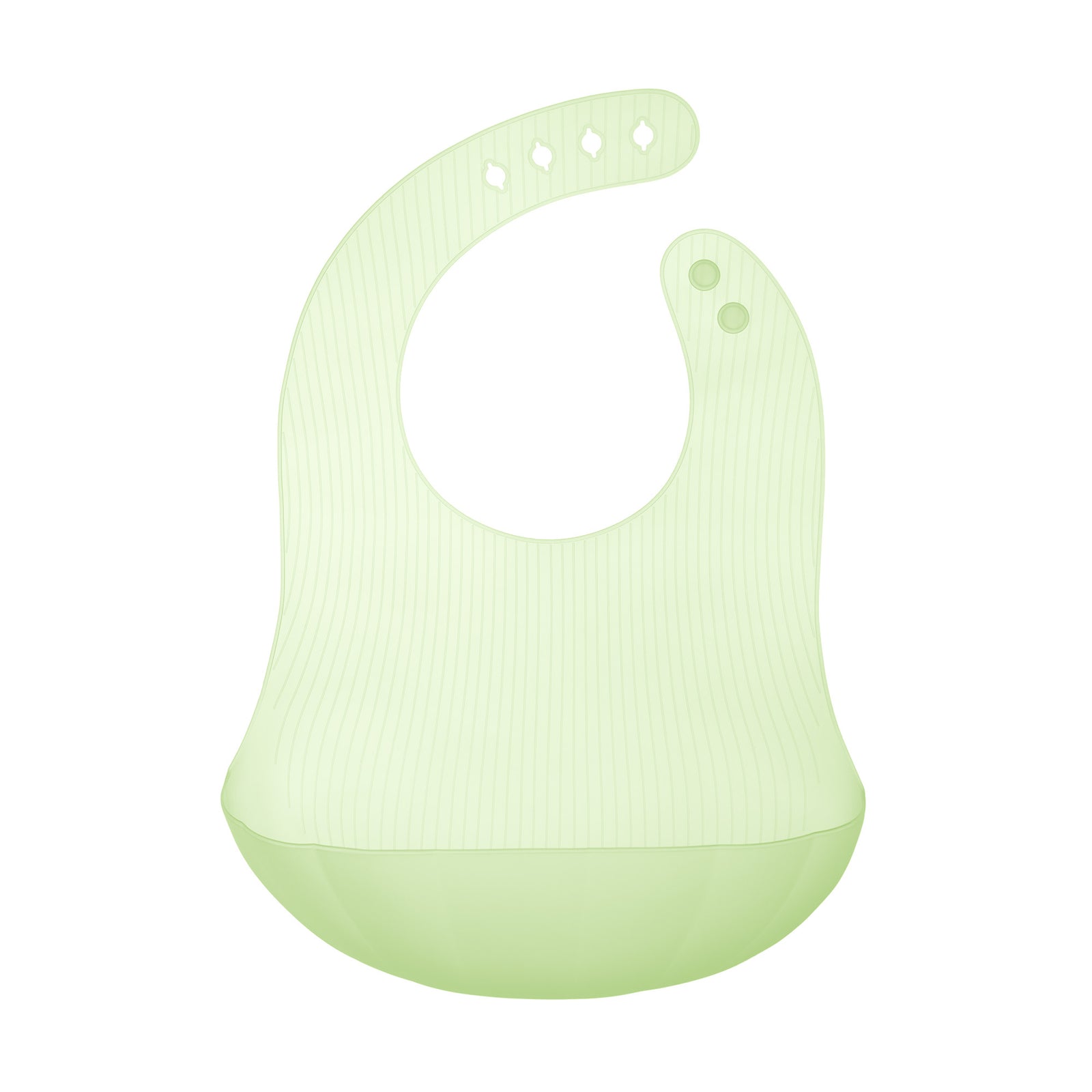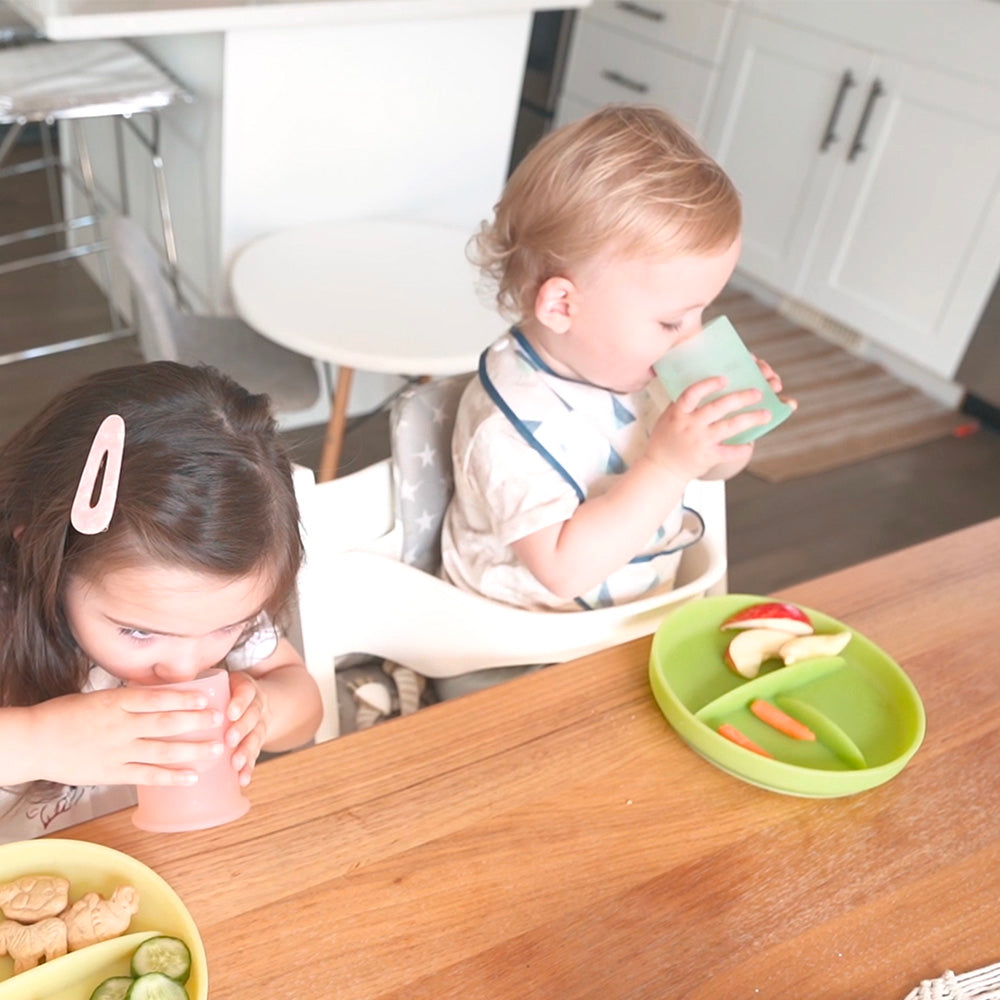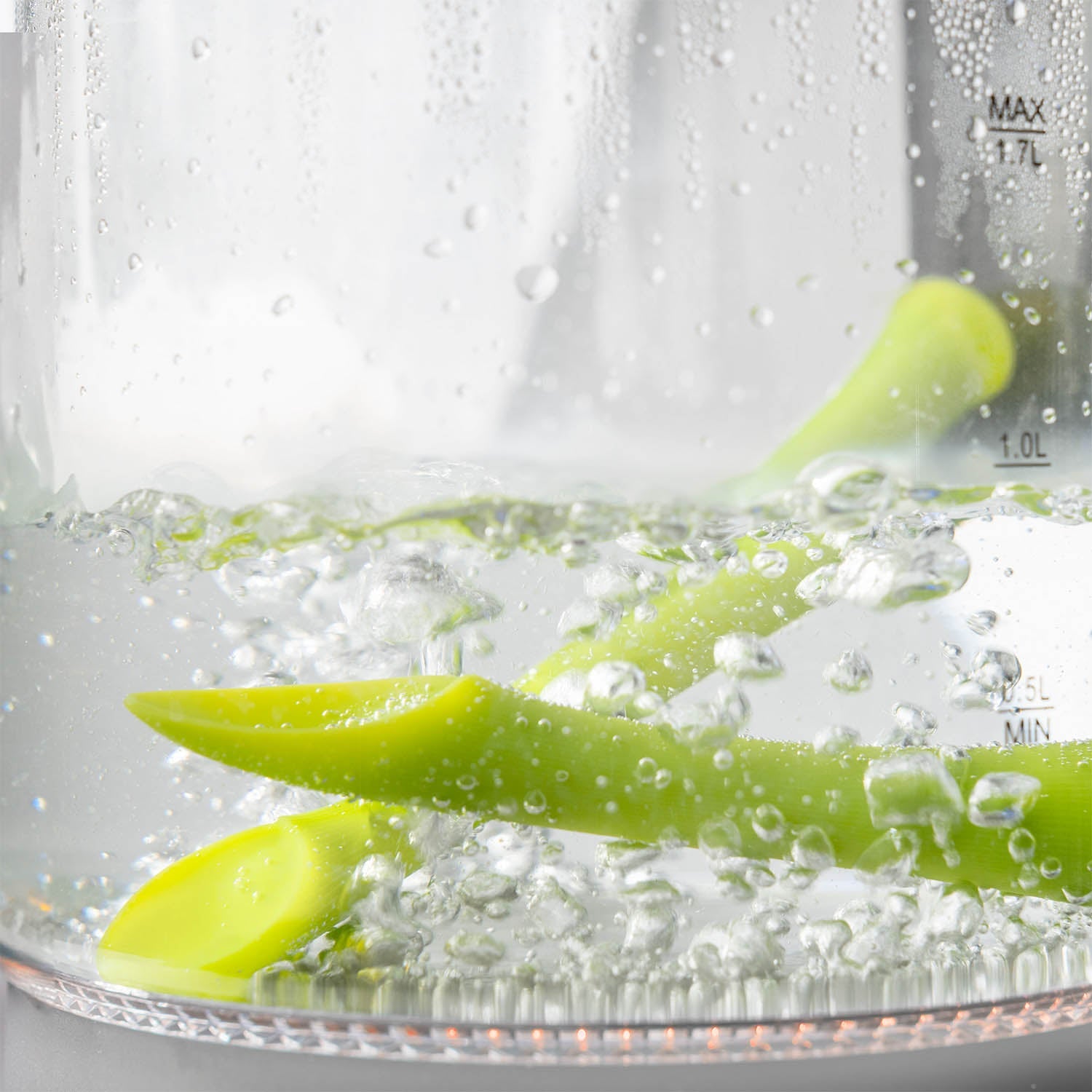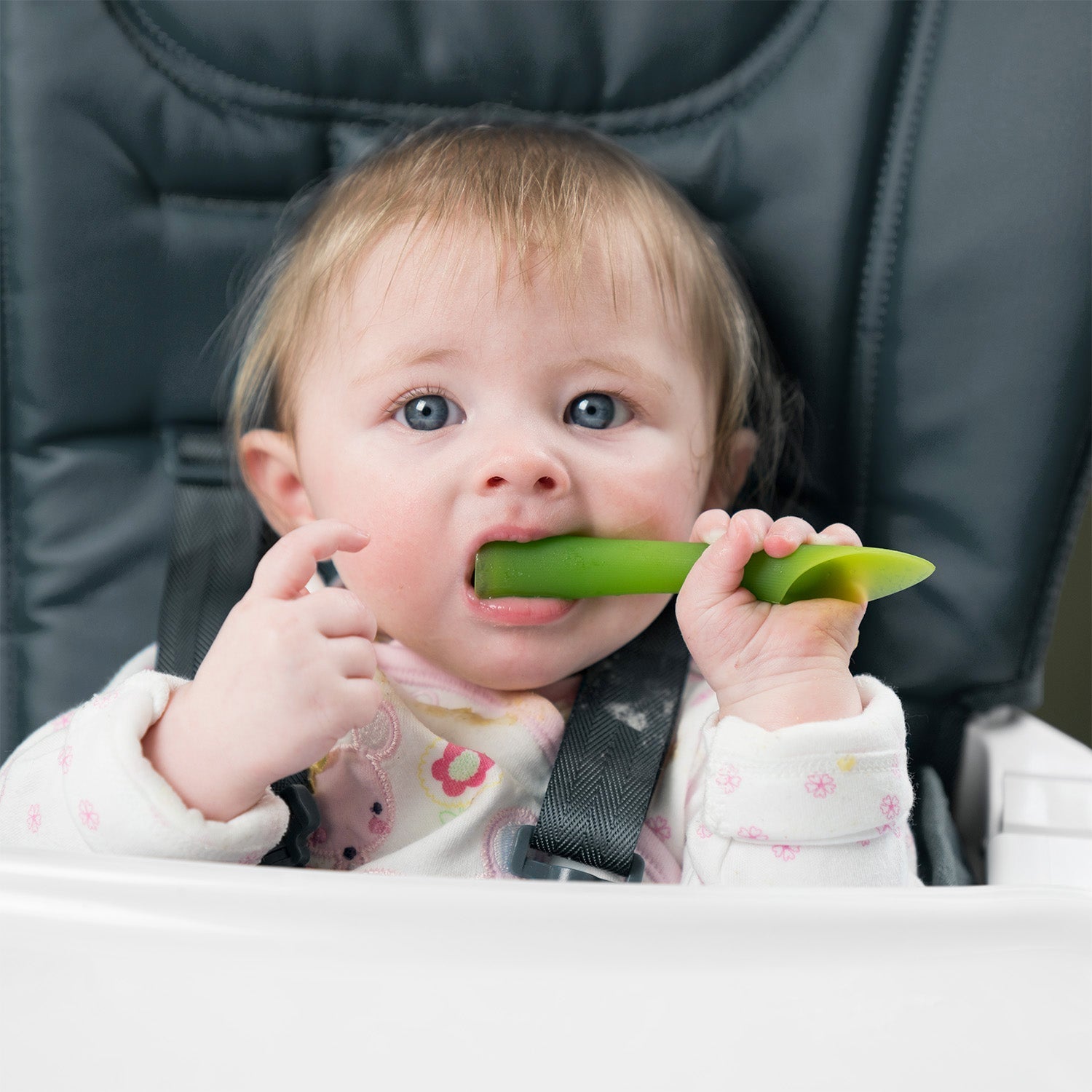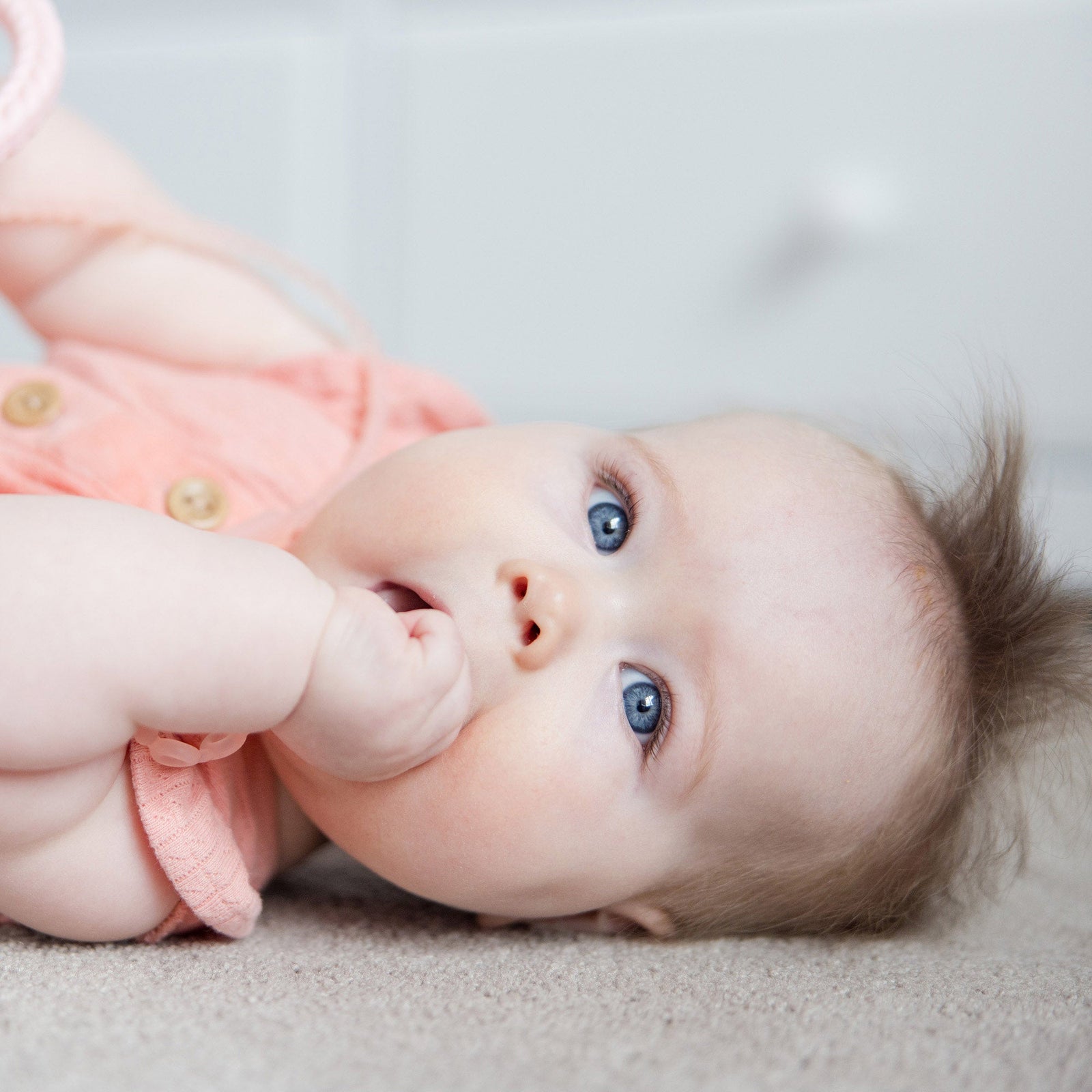As a parent, you want to make sure that your children go through the most important stages of their development without any mishaps and enjoying the process. Although breast milk or infant formula should be the main source of nutrition for babies during their first year of life, from about 6 months of age onwards, it is necessary to start with the introduction of complementary foods. It’s then, when you also should start thinking about transitioning from the bottle to the cup, or at least to start getting informed about how to support your little one along this important phase, while being responsive to her/his readiness cues.
This article aims to help you solve some of the main questions you probably have regarding this important transition, in order for you to facilitate this process for your little one.
When should you start introducing the cup?According to the American Association of Pediatrics (AAP), between 6 and 9 months of age babies are motivated to use spoons and their fingers to feed themselves, but also to hold their bottle with both hands, and even to drink from a cup with a little help. The European Society for Pediatric Gastroenterology Hepatology and Nutrition (ESPGHAN) on the other hand says that from 9 to 12 months of age most infants have the manual skills to feed themselves and drink from a standard cup using both hands. Then, considering that most children have the necessary skills to feed themselves between 6 and 12 months of age, you should start slowly introducing the cup as soon as your baby starts on solids. In the beginning you could offer it during mealtimes and playtime with water, and slowly transition from the bottle to the cup between 12 and 18 months of age. Remember that all children are different and that their own processes of growth, development and learning must be respected. Also, keep in mind that your little ones are probably ready to start on solids when they can sit up by themselves, eat from a spoon, show more interest in solid foods and have an established routine for mealtimes.
What should you take into account during the transition?
Although the bottle can be very useful in the first months of a baby's life (in case breastfeeding is not possible or if you want to involve your partner in the process), prolonging its use beyond what is recommended could be unfavorable in terms of the following aspects:
• It could disturbe your baby’s appetite and displace new foods: Often happens that children prefer to drink from their bottle rather than eat the new foods. In other cases, they could get too full of their milk, preventing them from getting exposed to different foods and nutrients that are necessary for their growth and development.
• It could represent a high risk of developing overweight and obesity in the future: Children who are fully integrated in family meals and eat complete meals, may easily exceed the intake of calories and protein needed for their age.
• It could increase the risk of problems in the oral cavity: Prolonged use of bottles and nipples could increase the risk of developing oral deformities, as well as promote tooth decay, especially when liquids other than infant formula or cow’s milk, such as sweetened beverages or cereals, are offered without subsequent toothbrushing.
How can you facilitate the transition?
• If your baby is about to start on solids, you can slowly start offering her/him small amounts of water in the cup. Offering water in the cup (at meals and during playtime) will help your little one become more familiar with it.
• From 6 months of age, babies are usually more open to accept and explore new situations. So, remember that the earlier you start offering the cup (with your help), the easier could be the transition, and the faster will be the process for your baby to be able to drink on her/his own.
• In case you have exclusively breastfed your baby for 9 or more months, you could try transitioning her/him direct from the breast to a cup rather than to a bottle.
• Offer only water or milk in the cup – avoid juices! And remember that your little one shouldn’t drink cow’s milk before 12 months of age.
• Feed your baby during a relatively stress-free time.
• If you want to transition your baby from breast milk to infant formula, as well as from the bottle to the cup, try to do it separately.
What kind of cup should I buy?
Nowadays, there is a great variety of training cups, which can be used according to the age and development stage of your baby. Don’t get overwhelmed and remember that the less transitions the better! Also, you should be responsive and react to your baby’s needs. Acquiring new skills requires time and practice. Besides, they usually are able to learn to drink from an open cup from the beginning of the process, so you should take this into account and just give your baby time to learn her/his new skill. However, if you see that your she/he prefers drinking from a sippy cup, it’s also okay. But the sooner you start with the open cup the better!
In brief, your role as parent is to support and accompany your baby during this transition, be consistent and remember that master a new skill takes time. Give your child the space to improve every day and to face this process in their own way.
References
American academy of pediatrics. Infant food and feeding. Access 15 of November 2020, from https://www.aap.org/en-us/advocacy-and-policy/aap-health-initiatives/HALF-Implementation-Guide/Age-Specific-Content/Pages/Infant-Food-and-Feeding.aspx
FAQ: Baby Bottle Weaning. UCSF Benioff Children's Hospital. Access 15 of November 2020, from https://www.ucsfbenioffchildrens.org/education/baby_bottle_weaning/
Complementary feeding: a complementary by the ESPGHAN committee on nutrition (46:99-110). (2017). Journal of pediatric gastroenterology and nutrition.
https://www.espghan.org/dam/jcr:5eb029e2-a26d-4b56-8bb1-6a7acf8a7996/2017_Complementary_Feeding.pdf
Solid foods: How to get your baby started. (2019, 6 June), Mayo Clinic.
https://www.mayoclinic.org/healthy-lifestyle/infant-and-toddler-health/in-depth/healthy-baby/art-20046200#:%7E:text=Offer%20a%20cup.,on%20his%20or%20her%20own.
Using a Cup Information Sheet. (s. f.). NHS GGC. Access 18 of November 2020, from https://www.nhsggc.org.uk/kids/resources/ot-activityinformation-sheets/using-a-cup-information-sheet/
